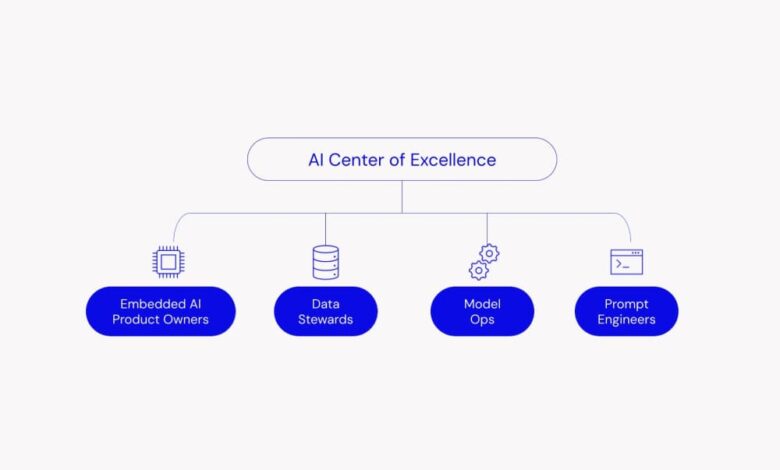Lack of organizational readiness is making your AI pilots stall

Even technically sound AI systems often struggle once they leave the lab. Why?
In other words, the model might work, but the system doesn’t.
This first stage is often confused with technical prototyping. In reality, it’s broader. The goal isn’t just to prove that the model works, but to validate that scaling the solution would deliver enough business value to justify the investment of time and resources.
AI pilots are often owned by innovation or data teams. But once the proof of concept ends, there’s no clear handoff or owner in the business. The tool will float in limbo, no one will update it or monitor it, and no one will be accountable for outcomes.
Build ownership into the team structure from day one:
AI introduces new workflows and skill sets that don’t fit neatly into traditional organizational charts. Many teams don’t have the right capabilities to support AI systems after launch.
Common missing roles include:
AI product managers
They must bridge the gap between users, engineers, and data scientists
Scaling requires organizational design and team capability, not just model performance. Define these roles clearly, even if they start as part-time functions, and staff them early in the lifecycle. Think of them not as investment into a specific capability but as the connective tissue that allows AI to operate across the business.
Most enterprise tools are deeply embedded in workflows. If an AI solution requires users to open a new interface, change context, or take extra steps, it often gets ignored. AI must integrate into how people already work.
Design for workflow compatibility from the start. Avoid building “AI tools” that sit on the side, embed AI into the tools teams already trust:
AI adoption requires a mindset shift from project-based thinking to capability-based thinking. But many teams still see AI as something “extra” or experimental. That creates friction, fear, or fatigue when it’s time to operationalize.
This is where an AI Center of Excellence can play a critical role: supporting local teams, building shared infrastructure, and driving enterprise-wide fluency.
You can have a robust model, clean data, and perfect infrastructure, but if no one owns the system, understands it, or integrates it into daily work, it will never scale. Here’s what scalable AI organizations invest in (apart from the tech):
Looking to build an AI solution that delivers real business value at scale? Let’s talk.
Amir leads BOI’s global team of product strategists, designers, and engineers in designing and building AI technology that transforms roles, functions, and businesses. Amir loves to solve complex real world challenges that have an immediate impact, and is especially focused on KPI-led software that drives growth and innovation across the top and bottom line. He can often be found (objectively) evaluating and assessing new technologies that could benefit our clients and has launched products with Anthropic, Apple, Netflix, Palantir, Google, Twitch, Bank of America, and others.



